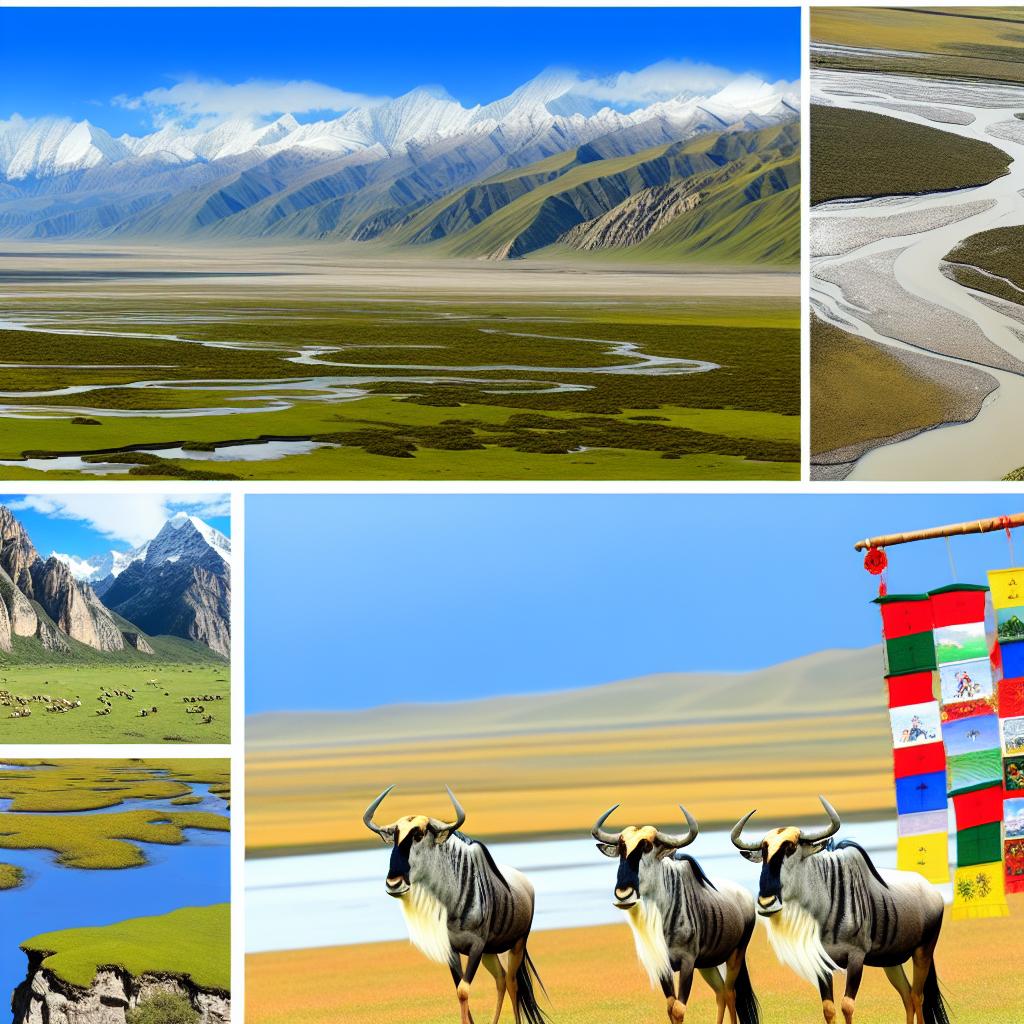The Role of the Tibetan Plateau in Global Climate
The Tibetan Plateau, often referred to as the “Roof of the World,” plays a critical role in the Earth’s climate system. Serving as the highest and largest plateau on Earth, with an average elevation exceeding 4,500 meters, it has a profound impact on atmospheric circulation patterns. This impressive height and extensive area act as a natural barrier that influences the Asian monsoon system, a major driver of seasonal weather across Asia. Therefore, any changes occurring in the Tibetan Plateau have the potential to alter monsoon patterns, subsequently affecting agricultural productivity throughout the region.
Glacial Significance and Water Supply
The Tibetan Plateau is home to an impressive number of glaciers, particularly concentrated in its eastern and central areas. These glaciers function as crucial water reserves, significantly impacting regional water supplies. Often referred to as the “Third Pole,” this area houses the largest ice masses outside of the polar regions. When these glaciers melt, the water feeds into several prominent rivers, including the Yangtze, Yellow, and Mekong, which serve as vital lifelines for over a billion people in Asia. The retreat of these glaciers, accelerated by climate change, poses a significant risk to water security, potentially resulting in water scarcity. Such changes can have cascading effects on agriculture and hydropower generation, both critical components of regional economies.
Carbon Storage and Earth System Processes
Beyond its influence on regional hydrology, the Tibetan Plateau serves as a vital element within the global carbon cycle. Its soil and vegetation store significant amounts of carbon, which, if released, could exacerbate global warming. Scientific research suggests that the warming of the plateau has the potential to accelerate permafrost thawing, releasing greenhouse gases such as carbon dioxide and methane into the atmosphere. This process could have far-reaching implications for global climate regulation, highlighting the importance of monitoring and mitigating potential carbon release from this region.
Biodiversity and Ecosystem Services
The unique ecosystems of the Tibetan Plateau provide a home to a diverse array of flora and fauna, all specially adapted to endure the harsh high-altitude conditions. These biological communities offer numerous ecosystem services, from maintaining soil stability to supporting biodiversity. Plant species in this region have evolved to cope with extreme temperature fluctuations and low oxygen levels, contributing to their remarkable resilience. However, the threats posed by climate change present challenges to this biodiversity, underscoring the urgent need for conservation efforts to safeguard these vital ecosystems and their services.
Geopolitical Implications and Research Importance
Environmental changes occurring in the Tibetan Plateau are not confined to ecological concerns alone; they also carry significant geopolitical implications. Given its pivotal role in regional hydrology and climate regulation, alterations in the plateau could have widespread consequences for neighboring countries. This situation emphasizes the necessity of fostering international cooperation in research and environmental management. Conducting scientific endeavors in this region is crucial for accurately modeling potential climate impacts and strategizing adaptive measures to address prospective outcomes effectively.
In summary, the Tibetan Plateau possesses considerable environmental significance that extends well beyond its immediate geographic confines. Its influence on regional and global systems necessitates continued research and careful stewardship to mitigate the impacts of climate change. Such efforts are essential to ensure the sustainable management of its resources and to maintain the delicate balance of atmospheric processes that this region so profoundly affects. This deliberate focus not only seeks to preserve the ecological and hydrological functions of the plateau but also aligns with broader goals of global climate stability and security.

